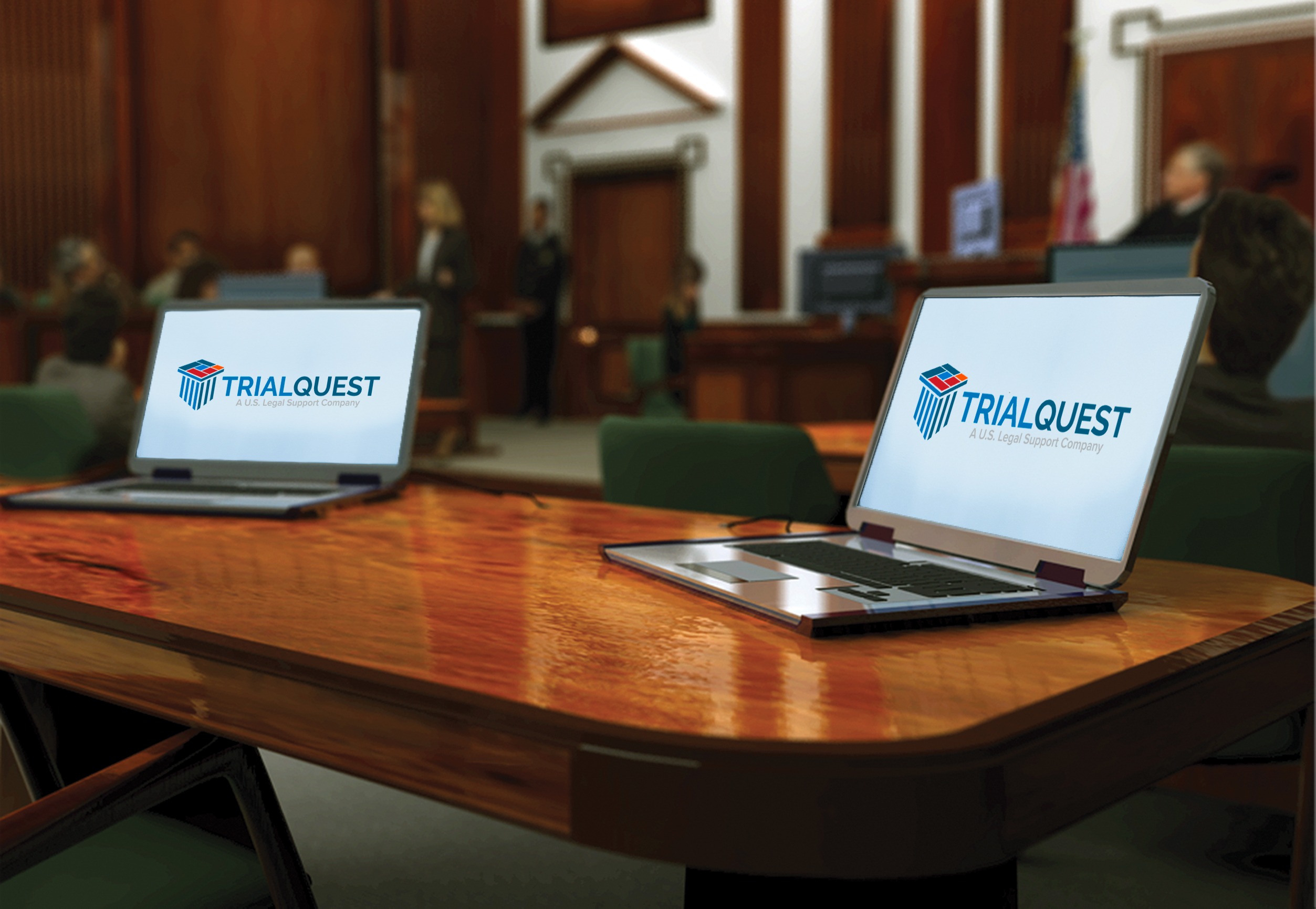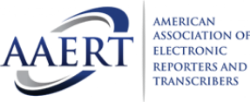How Effective Trial Discussions Can Win Your Situation
The efficiency of test discussions is typically ignored, yet they play a vital function in shaping juror assumptions and influencing instance results. By understanding the target market and crafting a narrative that reverberates on both intellectual and emotional degrees, attorneys can dramatically improve their persuasive power. Moreover, the tactical use visuals and refined distribution techniques can boost the clarity of intricate information. As we explore the parts that contribute to a compelling test discussion, the concern continues to be: what specific techniques can attorneys employ to guarantee their message not just resonates however additionally urges activity?

Understanding Your Target Market
Recognizing your audience is crucial for providing an efficient trial presentation. Recognizing who will certainly be present in the court room-- jurors, courts, and opposite counsel-- enables you to customize your message in a manner that resonates with them. Each team has distinctive expectations, biases, and histories, which can dramatically influence their assumption of the case.
For jurors, it is important to think about demographics, life experiences, and cognitive biases. Jurors might come from numerous occupations and social backgrounds, affecting their interpretation of proof and disagreements. Engaging with them via relatable instances and clear, simple language can cultivate much better understanding and compassion.
Judges, on the various other hand, concentrate on lawful criteria and procedural stability. Presentations should be succinct and based in the legislation while valuing court etiquette. Understanding the judge's preferences and previous judgments can better boost your strategy.
Reliable interaction rests on acknowledging these differences and readjusting your discussion design appropriately (trial presentations). By expecting the audience's responses and resolving their worries, you can produce a more persuasive story that astounds interest and promotes favorable end results
Crafting an Engaging Narrative
A well-crafted narrative works as the foundation of an effective trial discussion, assisting the audience via intricate info while evoking psychological reactions. This narrative needs to begin with a clear and engaging intro that sets the phase, detailing the essential themes and problems at stake. Developing a relatable protagonist-- typically the client-- can produce a personal link with the jury, attracting them into the tale.
The body of the narrative have to provide the facts in a rational sequence, weaving with each other evidence and statement to build a natural argument. Each piece of details ought to sustain the overarching style, enhancing the preferred message without frustrating the audience with unneeded information. Transition expressions can be particularly effective, aiding to preserve circulation and keep the jury involved.
Ultimately, the final thought should resonate psychologically, summarizing the situation's value and urging the court to act through their decision. By crafting an engaging narrative that is both structured and psychologically powerful, attorneys can effectively share their case's values, making it much easier for jurors to understand and keep in mind the key factors long after the test wraps up. This strategy not only informs however also encourages, improving the possibility of a desirable end result.
Making Use Of Visual Aids Effectively

Visual aids play a vital duty in enhancing test discussions, changing intricate information right into available info that jurors can quickly understand. By using charts, graphs, layouts, and multimedia elements, lawyers can clarify intricate factors and preserve jurors' focus. Visual aids help with the understanding of evidence, making abstract concepts tangible and relatable.
When picking aesthetic help, importance and simpleness are extremely important. Each aesthetic must directly support the instance story and reinforce key debates without frustrating the customer. Excessively complex visuals can diminish the message, creating confusion as opposed to quality.
In addition, the calculated placement of aesthetic help throughout discussions is necessary. They ought to be introduced at crucial minutes to underscore critical evidence or to highlight considerable changes or fads. This timing enables jurors to refine info successfully, improving retention and recall during considerations.
Additionally, it is essential to make sure that visual aids are technically compatible with the court environment. Experience with hop over to these guys the equipment and a back-up strategy can stop technical problems that might interfere with the flow of the discussion. In summary, efficient usage her comment is here of aesthetic help can substantially bolster a test discussion, resulting in a more powerful link with the jury and a much more influential situation on the whole.
Engaging Emotion and Compassion
While offering valid evidence is necessary, engaging emotion and compassion in test presentations can profoundly influence jurors' understandings and choices. Jurors are not just decision-makers; they are humans that react to narratives that reverberate on an individual degree. By weaving emotional components right into the presentation, attorneys can produce a link that goes beyond mere statistics and legal jargon.
Storytelling is a powerful device in this context. By offering the case as a narrative that highlights the human impact of the events in question, attorneys can evoke sensations of concern, temper, or perhaps fear - trial presentations. These emotions can considerably guide jurors, making them extra likely to feel sorry for the plaintiff or defendant

Inevitably, a trial presentation that properly involves emotion and empathy can create an engaging debate that resonates deeply, leading jurors to feel a personal risk in the instance, thus raising the possibilities of a positive judgment.
Practicing Delivery Methods
Involving feeling and empathy lays a strong foundation for test discussions, yet the effectiveness of these elements hinges on the shipment strategies utilized by the lawyer. Grasping delivery methods is important for guaranteeing that the message resonates with the jury. This includes exercising tone, rate, and body movement to boost credibility and connection hop over to these guys with the audience.
Rehearsing the presentation several times allows attorneys to refine their design and recognize locations for renovation. Recording technique sessions can give valuable understandings right into one's nonverbal signs and singing inflections, assisting to get rid of distracting habits. Additionally, soliciting responses from peers can highlight toughness and weak points, assisting additional refinement.
Reliable usage of stops briefly can likewise be a powerful strategy; they permit the jury to absorb critical details and enhance emotional impact. Lawyers need to likewise bear in mind eye contact, as it cultivates depend on and interaction with jurors.
Ultimately, the mix of practiced delivery strategies and the emotional resonance of the discussion can substantially influence the court's understanding, creating an engaging situation that stands out in their minds. The power of well-executed distribution can not be overstated in the pursuit of a positive verdict.
Verdict
In recap, reliable trial discussions are crucial in influencing juror choices. Mastering delivery methods better enhances these components, ultimately contributing to a persuasive instance discussion.